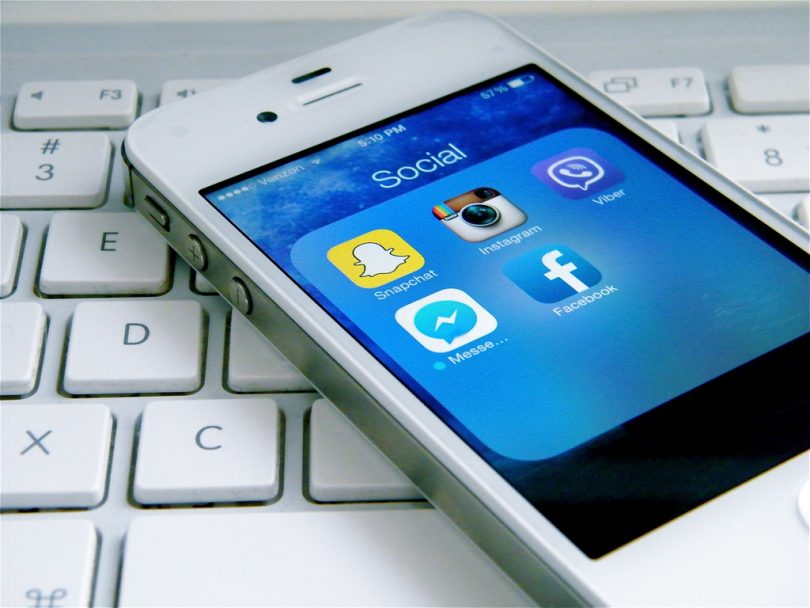It is undeniable that the advancement of Web 2.0 technologies (specifically social media) has been a catalyst in the development of modern day journalism. Platforms such as Twitter, Snapchat and Facebook have allowed journalists to report in real-time, providing information to the public as it happens. They have also encouraged direct connection between the public sphere and news producers — creating an environment where the audience is no longer simply the consumer of facts; they have become participants in producing and circulating them. Whilst this is a progressive and exciting time for journalism, it can also produce damaging consequences.
So where are we now? Twitter allows peer-to-peer communication between all members of the public, whether it’s through hashtags, tagging or re-tweeting. Facebook has its live stream function. Snapchat has even evolved past its *send nudes* purpose onto a progressive news discovery platform that allows media organisations such as The Daily Mail and VICE to share content directly from their news sites. Snapchat has also created a platform for users to share videos or images from important events in order to spread information to users all of the world. When the Paris Attacks happened in November 2015, Snapchat created a story that allowed people in the area to share footage of what was happening near them.
With many of today’s leading news stories being shared over social media, it means more people are engaging with the news as stories are spread over Facebook timelines and Twitter feeds. This heightened engagement means more individuals are being progressive about issues not only in their own lives, but the lives of others. When the Nauru Files were released by The Guardian in 2016 it was shared publicly over Facebook and hashtags started on Twitter for #freetherefugees and #closenauru. This public uproar left Australian politicians in a tricky spot as the public demanded justice.
This Web 2.0 phase of technology has been beneficial for journalists and their audiences for many reasons. Live streams and the ability to send a tweet within seconds means that information is getting to the public in real time. An example of this was the Boston Bombings of 2013. The Boston Globe was able to make the first report of the bombings, eight minutes after they went off. Many Globe reporters were running in the marathon or covering it – as a result they were able to immediately live Tweet the action around them, informing the public of any current danger or threat.
But this is the 21st Century, and with this added convenience comes the possibility of false information being broadcasted within seconds. Unconfirmed rumours and gossip can get out of hand quickly, with a lot of news sites not checking their facts or sources. An example of this is the false rumour of actor Rowan Atkinson’s death, which trended worldwide on Twitter in 2012.
Journalists have vital roles to play as commentators and protectors of truths for the public sphere, and social media has strengthened their ability to do so. Heightened audience engagement, real-time fact sharing and the ability to not only be a consumer of facts, but also a producer has created a huge influx of information being shared around the world wide web — however, not without its consequences. #RIPRowenAtkinson2012

